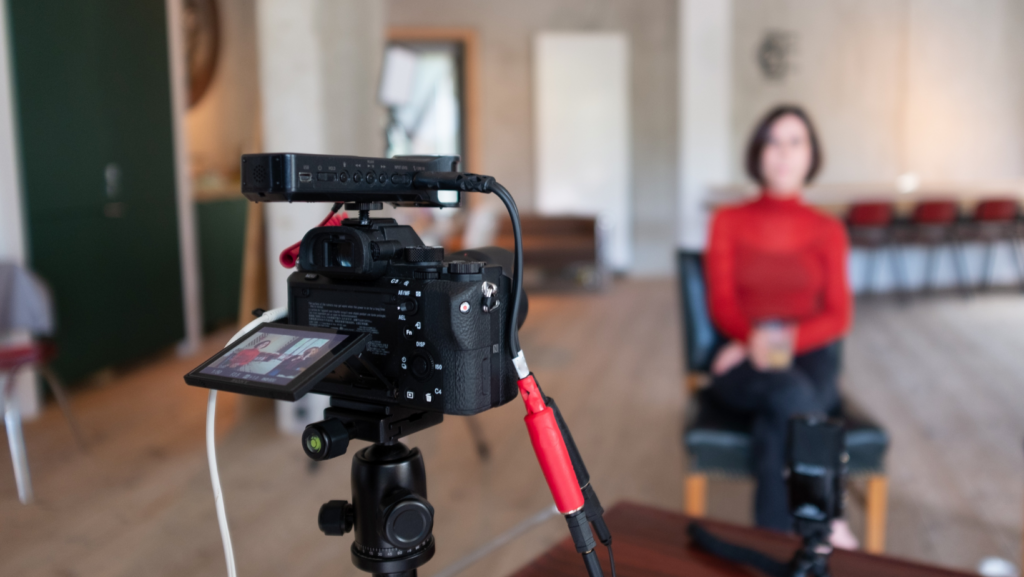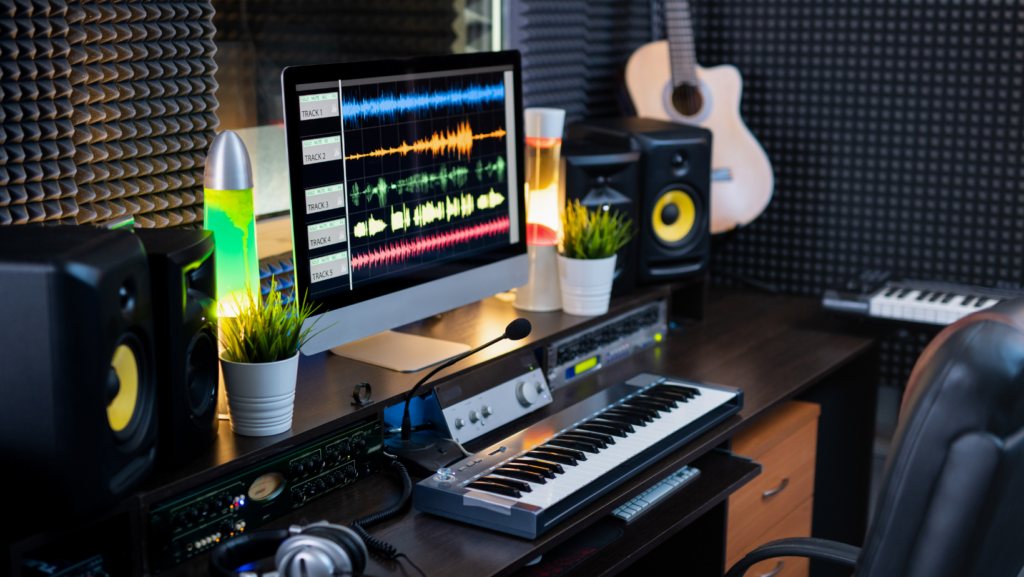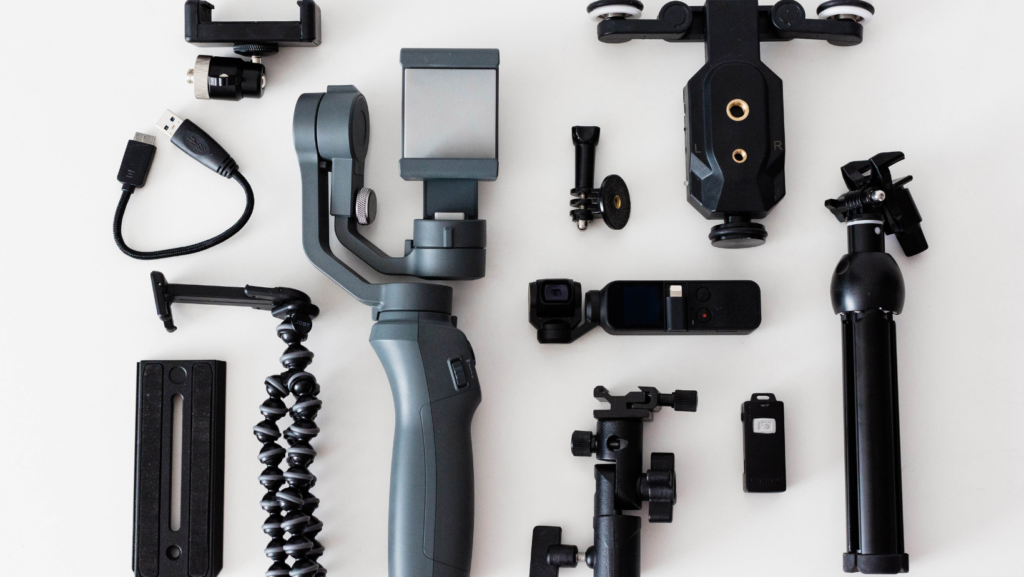In the world of media, the quality of an interview isn’t just about the questions asked—it’s also about how well the responses are captured. Whether you’re a seasoned journalist or a budding podcaster, the right recording equipment can make or break your interview. This article dives into the essentials of recording gear, offering insights to help you make an informed choice.
From microphones to headphones, recorders to mixers, the market is saturated with options. But don’t worry, we’re here to clear the fog. We’ll explore the different types of equipment, their uses, and how to select the best fit for your interviewing needs. So, let’s get started and ensure your next interview is heard loud and clear.
Recording Equipment for Interviews

Launching into the nuts and bolts of recording equipment for can prove instrumental in elevating interview quality. This arm of the article dives into the benefits of using dedicated recording equipment for interviews and offers a brief on the essential features to look out for in recording gear.
Benefits of Using Dedicated Equipment for Interviews
Dedicated equipment for interviews brings a host of advantages to the table. Firstly, it enhances audio quality by reducing background noise, thus ensuring clear and audible recordings. For instance, a dedicated omni-directional mic picks up sound from all directions, capturing a more natural representation of the interview room’s acoustic. Secondly, dedicated gear tends to offer longer battery life, ensuring that interviews are not abruptly interrupted. By using equipment like the Tascam DR-40 Portable Recorder, users can record for extended periods without worrying about running out of juice. Lastly, higher-quality equipment often allows more control over the settings, allowing interviewers to tailor the sound quality and volume to their liking. Such versatility can be experienced with devices like the Zoom H6 recorder, which boasts multiple input/output options and extensive control settings.
Tips for Using Recording Equipment during Interviews
Managing recording equipment for interviews setting involves not just the proper use of the gear but also certain factors that often are overlooked. This section imparts important pointers on handling these critical aspects for improved audio capture.
Checking Equipment Before the Interview
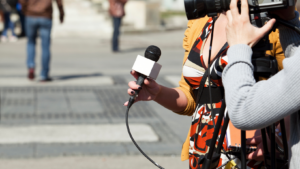
It’s crucial to check the recording equipment for interviews to avoid technical glitches. The entire process of verifying equates to examining the functionality of the devices. It incorporates verifying battery levels, as too low batteries can disrupt the interview. For instance, a device like the Tascam DR-40 provides reliable battery control, signaling a need for replacement.
Enabling and testing the recording gear forms part of this process. Common gear like handheld recorders, say a Zoom H1n, or a lavalier microphone clipped onto the interviewee, needs careful checking. Specific checks include ensuring the microphone’s cord and transmitter are properly connected and the audio levels are adequate.
Reviewing key settings is essential too. For instance, high-pass filters can remove low-frequency sounds (like the hum of an air conditioner) when enabled in devices like Shure SM58. Lastly, performing a brief test recording and playback guarantees all elements work as expected.
Handling Noise and Other Environmental Factors
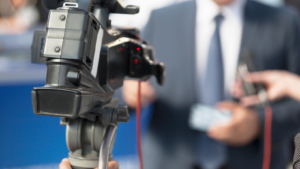
Environmental factors present challenges in obtaining a clear audio recording. The foremost step involves picking a quiet location. If outdoor, strategic placement of gear helps. For instance, use a windshield, like the Heil Sound Windscreen, to minimize wind noise.
Handling unwanted sound involves identifying and minimizing potential sources of noise—ranging from room echo to ambient noise like that of a buzzing refrigerator. Noise cancellation features, as found in Olympus audio recorders, come handy here.
For indoor interviews, place the recording equipment away from noise sources like air conditioners or windows. Orientation of your omnidirectional microphone also affects sound capture. When facing the noise source, it picks up unwanted sounds. Thus, careful placement ensures optimal recording.
Finally, monitoring continuously during the interview is vital. Good quality headphones, such as the Sennheiser HD 600, ensure the audio level is appropriately balanced and any unwanted ambient noise is detected in real time to execute necessary adjustments. Keeping the environment controlled and managed optimizes the audio recording quality, facilitating a seamless interview session.

